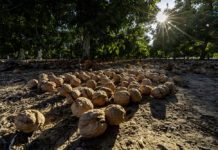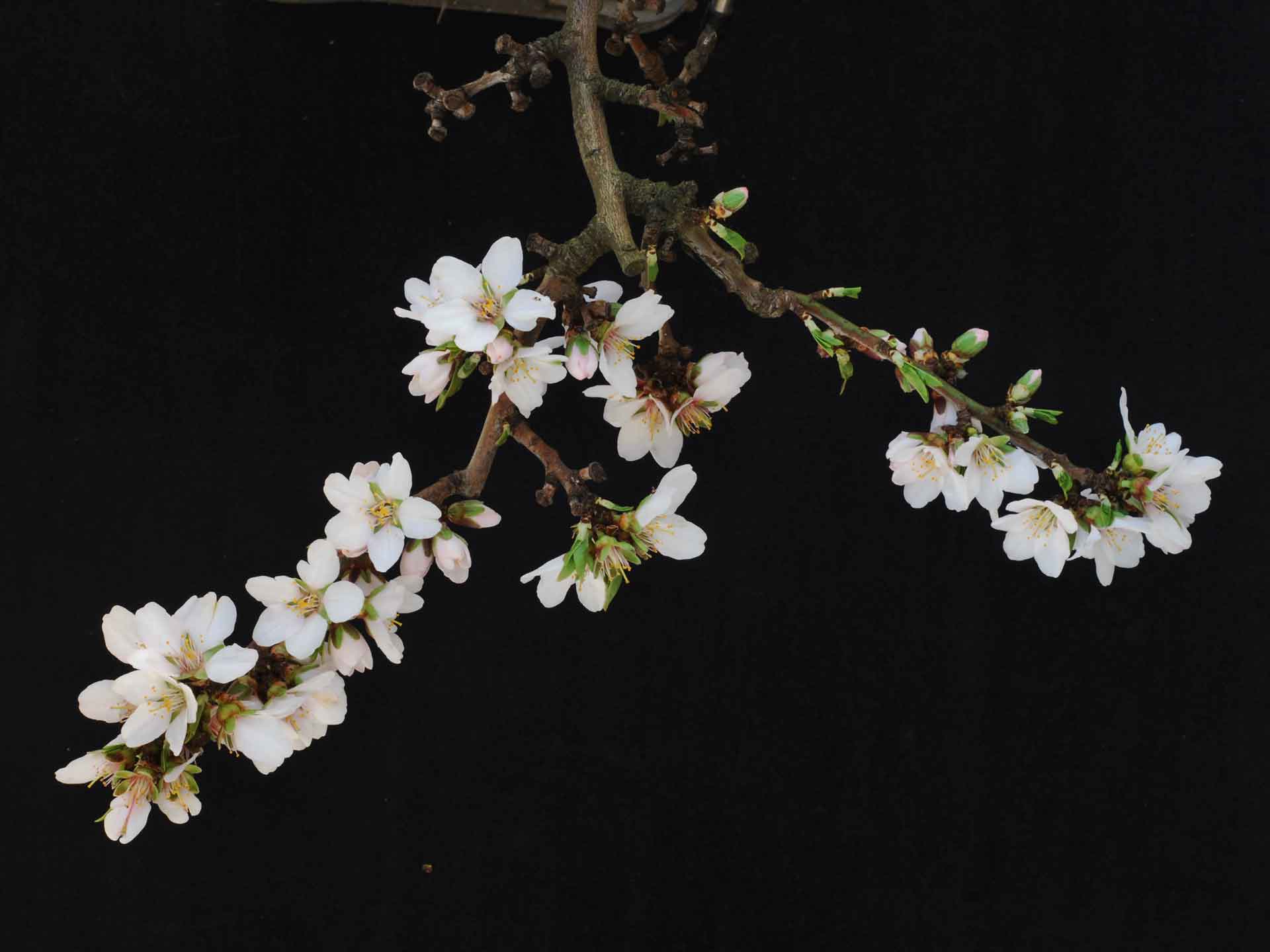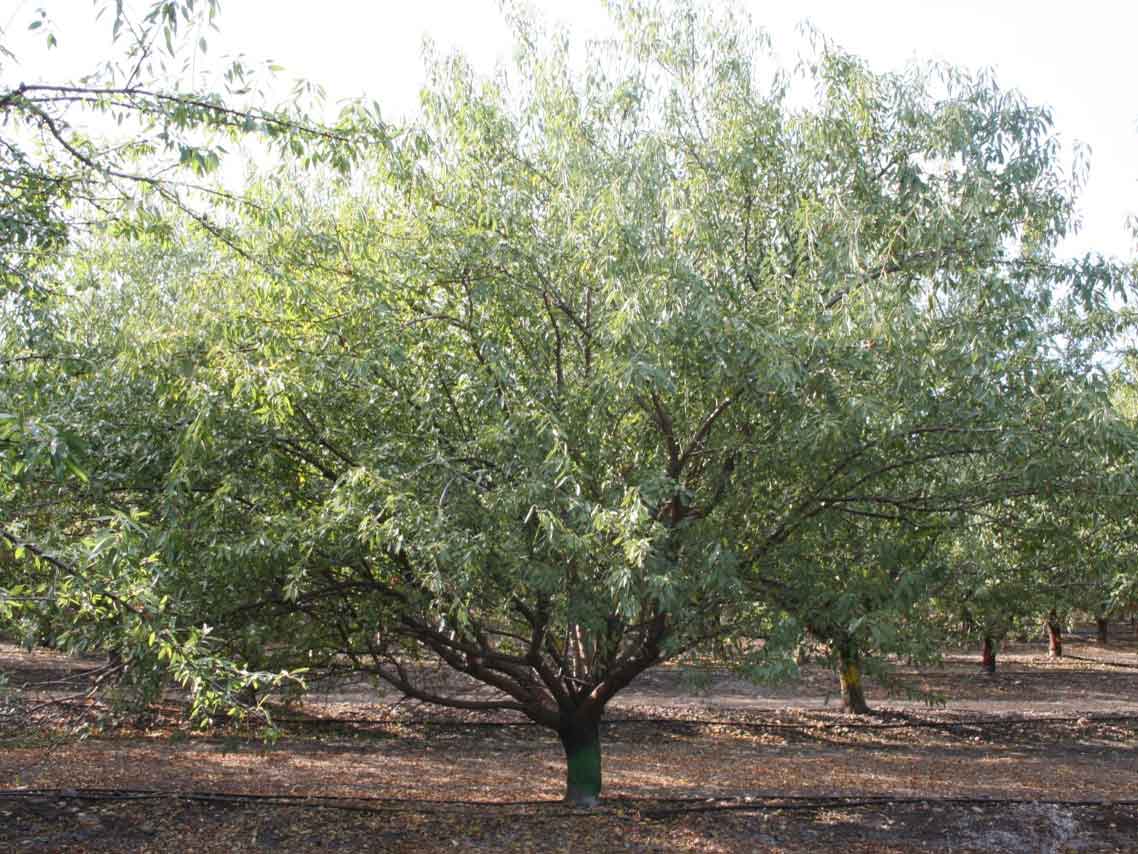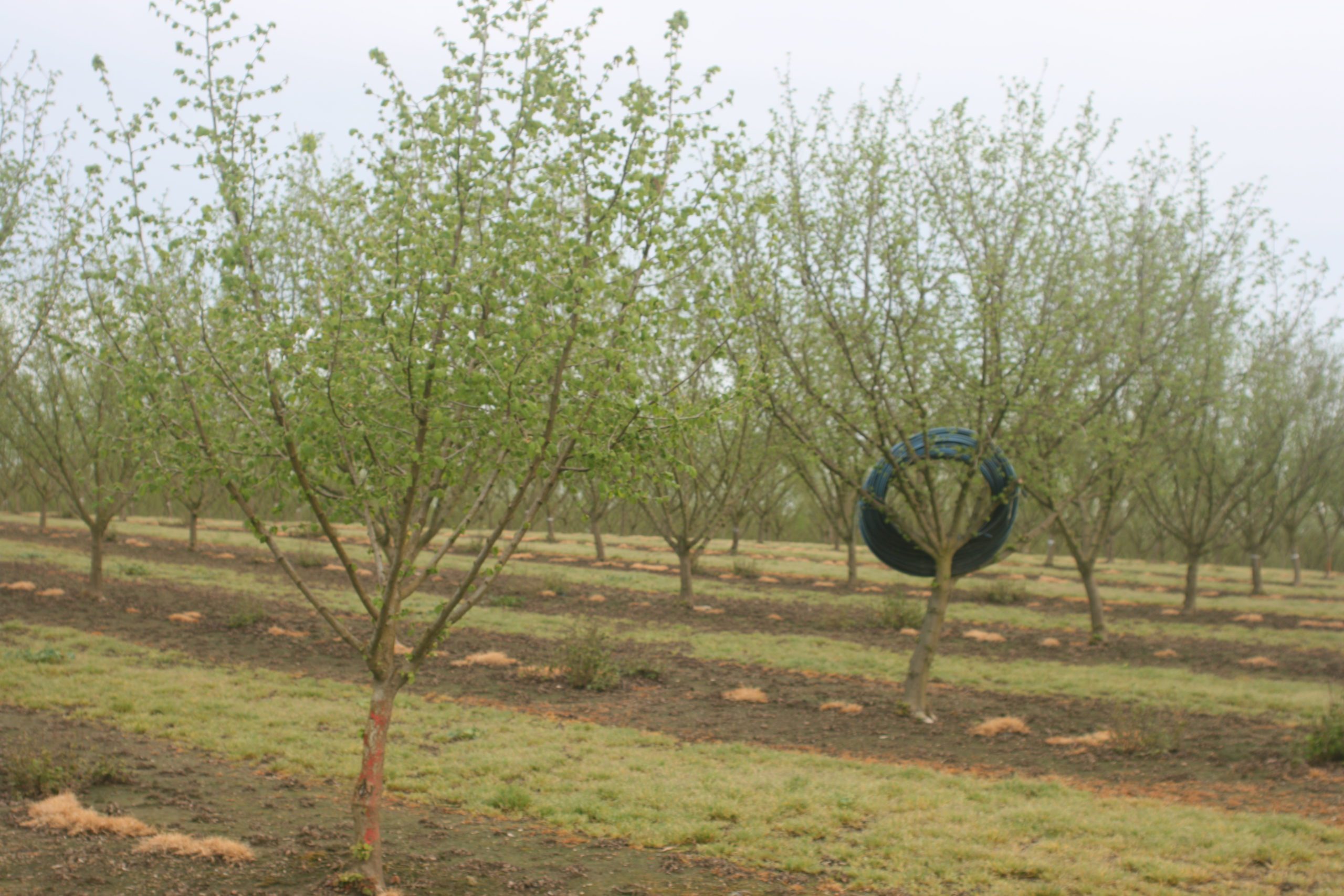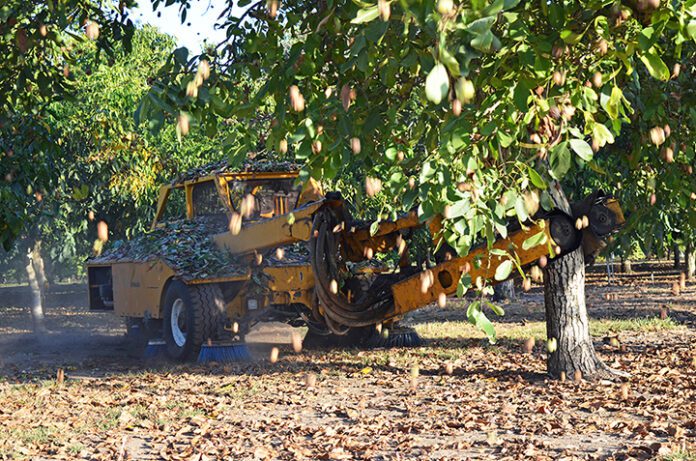
A handful of growers and industry members have launched the Walnut Alliance of California, a nonprofit organization they hope will improve the marketing environment for their crop.
“We would like to see the industry be sustainable and walnut growers be profitable,” said Rio Oso walnut grower Donald Norene, who chairs the alliance. “For the allied industry in the walnut business to be sustainable, growers have to spend money, and the last two to three years, walnut growers haven’t spent much money.”
Aaron Martella, CEO of Grower Direct Nut Co. in Hughson who wears hats as both a grower and processor, said he supported the alliance’s basic goals.
“It’s gotten so expensive to do business in California that we have to find a way to get more money back to the farmer,” he said. “Any effort to try to make our industry more efficient and help stability of the walnut business should be viewed as a positive.”
Martella said he will follow the alliance’s development as more details are put in place. Walnut prices have finally rebounded and begun increasing, a trend Martella said he hoped continued.
The Walnut Alliance is loosely patterned after the Almond Alliance, which conducts activities not allowed under the Almond Board of California federal marketing order. Among them is developing a political action committee, which is prohibited by mandatory state and federal commodity programs.
Martella said he wanted to learn more about the Almond Alliance and planned to talk to Modesto-area almond grower Bill Lyons, who played a major role in transitioning the Almond Hullers and Processors Association into the alliance. Lyons also was involved in forming the California Almond Industry PAC.
The Walnut Alliance has yet to establish a PAC but plans to eventually, Norene said. Once it does, he said funds could be used to fight for fairer regulations and trade policies on behalf of the state’s walnut growers, among other issues.
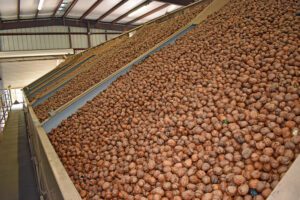
He was quick to praise efforts of other groups, such as the Western Agricultural Processors Association, but said sometimes the industry needs a more walnut-centric approach. That’s where the Walnut Alliance would come in.
“Sometimes we need a little more focus and a little more impact,” said Norene, who formerly chaired the Walnut Bargaining Association.
The Walnut Alliance is open to walnut growers, handlers, hullers and allied businesses who can become voluntary members and pay annual fees based on size. It is intended to complement efforts of the California Walnut Board and California Walnut Commission. The board, founded in 1948, promotes use of walnuts domestically and funds production and postharvest research, while the commission is responsible for funding health research as well as domestic and export market development. The commission was established in 1987.
As the bargaining association did in the past, Norene said the alliance plans to work with the board and commission on issues of importance to grower members. One is making sure USDA inspects imported walnuts.
In September 2021, the industry sought a temporary moratorium on walnut inspections, including for imported product. The request was based on COVID-19-associated market disruptions that adversely affected market conditions for California walnuts. Under subsequent rulemaking, USDA amended the federal marketing order to eliminate inspections.
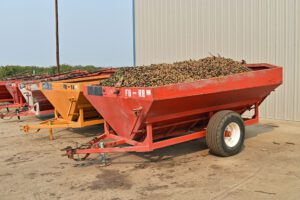
Walnut Bargaining Association Replacement
The alliance replaces the Walnut Bargaining Association, a grower-owned cooperative established in 1991 that worked with walnut farmers on field price establishment, grade and quality issues, terms of sale and market intelligence. As an agricultural co-op, the bargaining association fell under the Capper-Volstead Act, so members were allowed to share pricing information without violating antitrust laws.
Norene said the new group has a basic structure in place but will continue to develop policy to fill in the gaps. Among their priorities are price reporting for the previous year, which he said is “critical to walnut growers’ potential success. Knowing where you stand in the scheme of things with payments is pretty important.
“It’s important to know how you’re getting paid compared to fellow growers. There’s no other means for folks to be able to track the value.”
Although the information may be 8 months old, Norene said it’s still valuable because it shows pricing trends and how various handlers pay growers. It also provides data about varieties and quality. All grower alliance members will receive a price report.
Norene also envisioned creating a sort of boots-on-the-ground group that could provide crop size intelligence to minimize speculation.
“They exist to some extent already, but discussions by a group of growers moved that into the Walnut Board and Walnut Commission,” he said.
During some years, initial estimates have called for a large crop, which pushed down prices. As harvest continued, the crop came in lighter, but growers couldn’t recover those lost early market prices.
Similarly, some estimates have pegged a light crop, and it actually came in much larger. The early high prices slowed movement, and marketers had to play catch-up the rest of the season.
Before the turn of the century, Norene said the bargaining association worked closely with handlers to develop quality premium and penalty schedules for walnut growers.
“There was a point in time in the late ’80s and early ’90s when walnut growers were paid on a very discretionary basis, and it didn’t always reflect meat yields and the quality of the walnuts,” he said.
When Jon Field came on board as executive director in 2002, he helped impress upon handlers that higher-quality walnuts should receive a premium. Along those lines, poor-quality nuts should be penalized.
The quality schedules were released early enough that growers could use them to make management decisions for the season. Ensuring these types of transparent payment policies is something the alliance plans to continue.
Another item high on the to-do list is continuation of the widely popular golf tournament formerly hosted by the bargaining association, Norene said. The event attracts participants from all the walnut industry sectors from growers, hullers and handlers to allied industry.

A Long Time in the Making
Discussions about taking the bargaining association in a new direction and possibly forming a new group date back to the days of COVID-19, when the pandemic disrupted shipping, supply chains and foreign markets. About 70% of the California walnut crop is exported.
Combined with several other factors, grower prices plummeted and have only now begun to inch back up.
“Those challenging times created a little more opportunity for change and moved ongoing conversations forward,” Norene said.
A handful of new bargaining association board members also brought new blood and forward-thinking ideas, he said.
Field retired in early 2024, and the association hired Chris Zanobini, president and CEO of Ag Association Management Services Inc., to take over. Because Zanobini’s firm provides management services to several other commodity groups, Norene said he brings a wealth of experience and new ideas to the alliance.
For more information, including a membership application, visit the alliance’s website at https://walnutalliance.org/.

Vicky Boyd | Contributing Writer
A veteran agricultural journalist, Vicky Boyd has covered the industry in California, Florida, Texas, Colorado, the South and the Mid-South. Along the way, she has won several writing awards. Boyd attended Colorado State University, where she earned a technical journalism degree with minors in agriculture and natural resources. Boyd is known for taking complex technical or scientific material and translating it so readers can use it on their farms. Her favorite topics are entomology, weeds and new technology. When she’s not out “playing in the dirt,” as she calls agricultural reporting, Boyd enjoys running, hiking, knitting and sewing.







